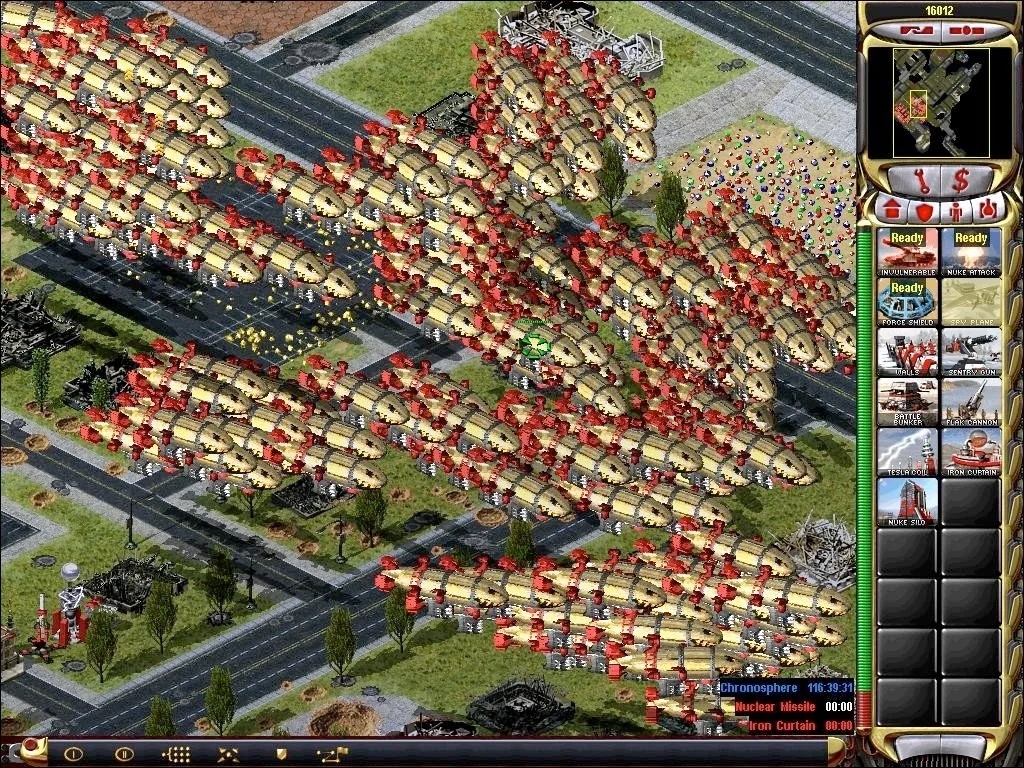

Unknown at this time.


Unknown at this time.


Open sourcing these thing would definitely be the right way to go, and you’re absolutely right that it’s a general solver that would be useful in any scenario where you have a system that requires dynamic allocation.


live footage from Estonia

That’s the scientific method version. Here we’re talking about transformation of quantity into quality. :)


Yeah for sure, I do think it’s only a matter of time before people figure out a new substrate. It’s really just a matter of allocating time and resources to the task, and that’s where state level planning comes in.


it’s a pretty big case right now


mfbc told them so, liberals don’t have thoughts of their own


it’s like the most pretentious thing you could do online


lmfao imagine trotting out mbfc like it means anything you terminal online lib 🤣


It’s like saying silicon chips being orders of magnitude faster than vacuum tubes sounds too good to be true. Different substrate will have fundamentally different properties from silicon.
it’s so adorable how you’re trying to be edgy here, one day you’re going to grow and cringe at the memory of yourself, or maybe you won’t and just keep going through life like this
A comeback truly worthy of an edgy 13 year old. One day you’ll even grow pubes.
China does because it’s not a capitalist shithole https://english.www.gov.cn/policies/latestreleases/202410/28/content_WS671f6db9c6d0868f4e8ec5dc.html
the actual pirates of the Caribbean